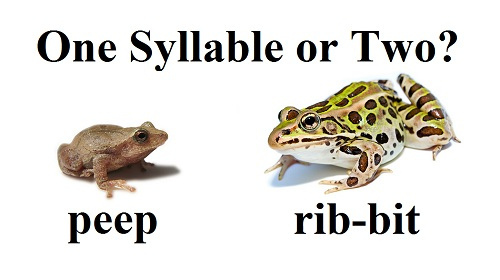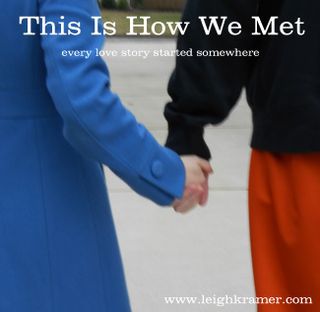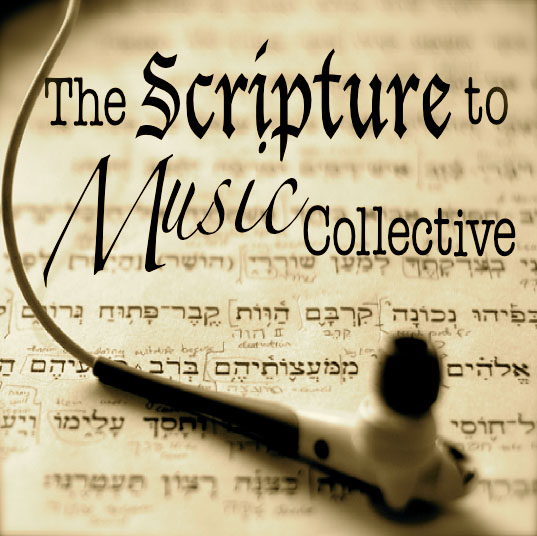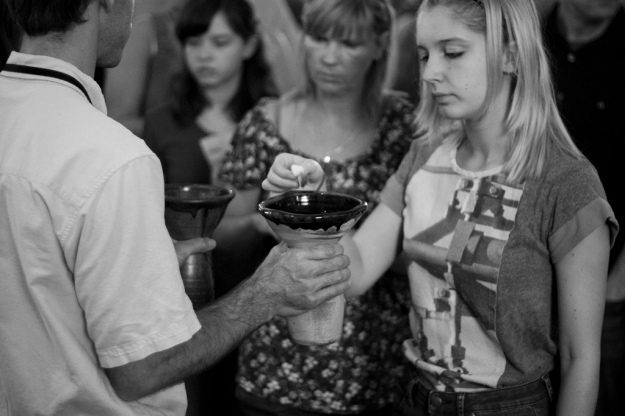 At my church Sojourn, we use a tool called an Enneagram to help staff members and pastors understand ourselves and our peers. Church planters within Sojourn Network also undergo Enneagram assessment through CrossPoint Ministry. An Enneagram is a tool (like Meyers-Briggs or StrengthsFinder) which gives insight into an individuals personality.
At my church Sojourn, we use a tool called an Enneagram to help staff members and pastors understand ourselves and our peers. Church planters within Sojourn Network also undergo Enneagram assessment through CrossPoint Ministry. An Enneagram is a tool (like Meyers-Briggs or StrengthsFinder) which gives insight into an individuals personality.
The Enneagram discovers both the strengths and weaknesses of your personality, and identifies nine basic personality types. When staff members first took the assessment test in 2010, we quickly discovered that staffers in the arts (predominantly Sojourn Music and Visual Arts) generally scored highest in “The Originalists,” or “Romantics” area … the artistic personality.
This came as no surprise to any of us, just as it came as no surprise to find our Executive Pastor fit the “Effective/Achiever” temperament.
So what did we learn about each other, and what can you learn about how to befriend, pastor, mentor or live as a spouse with a Romantic/Originalist/Artist?
The Good, The Bad & The Ugly: General Characteristics:
We’re creative and sensitive, with a strong sense of beauty and an intuitive grasp of moods and feelings.
We’re expressive, not just in our chosen field of art but often in our choice of clothing, hairstyle, home decor and other corners of life. Most of us are intensely aware of our weaknesses, even if we don’t admit them. We want to do things our way, and we deeply desire to be treated as one of a kind, special. We may try to hold our “suffering” as a badge of honor, because if we can’t feel special for our accomplishments, then we can feel special in our suffering, in feeling misunderstood, in melancholia.
We have intense longings. We can overreact to present conditions, even as we have trouble “living in the moment” rather than an idealized past or a preferred future. We may be melancholy or high strung, but we’re dramatic either way. At our worst, we hold long grudges, and nurse old wounds, because our “deadly sin” is envy. We don’t like it when another artist is doing better than we are, which is unfortunate because there is always someone else doing better. Even artists who become “legends” feel inadequate or mistreated in the presence of a new “chart topping sensation.”
The underlying harmful emotion for this artistic temperament is a feeling of shame. It goes beyond “My work isn’t good enough” to “I’m not good enough.” This is exacerbated by the pervasive attitude among even Christian artists that “I am my art.” When we wrap our whole sense of being in something we create (our art) rather than something God created (us), then we set ourselves up for failure and grief.
The Cure For A Sense Of Shame: The Doctrine of Adoption
In Systematic Theology, Wayne Grudem defines adoption as “an act of God whereby he makes us members of his family” (p. 736). We who believe in Christ are now children of God, joint-heirs with Christ of God’s Kingdom. This goes much deeper than what we do; this is who we are. When another artist feels shame (“I am worthless”) we must say “No, you’re a child of God.” Whatever the merits of an artist’s work, this work is just what they do, not who they are.
For all who are led by the Spirit of God are sons of God. 15 For you did not receive the spirit of slavery to fall back into fear, but you have received the Spirit of adoption as sons, by whom we cry, “Abba! Father!” 16 The Spirit himself bears witness with our spirit that we are children of God, 17 and if children, then heirs—heirs of God and fellow heirs with Christ, provided we suffer with him in order that we may also be glorified with him. – Romans 8:14-17
This is a foundational truth that the artist must understand. Once this understanding is in place, we can look at other concepts and strategies that artists can use to help themselves, as well as strategies that pastors, spouses and all fellow believers can use to help artists overcome sinful tendencies and their underlying struggles with envy and feelings of inferiority:
The Artistic Temperament Needs: Continue reading







